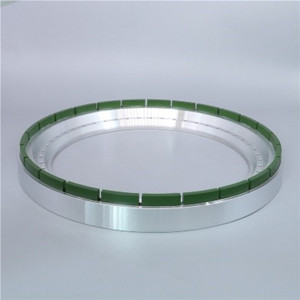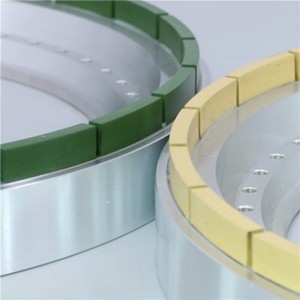Wear Mechanism of Diamond Grinding Wheel in Processing Hard and Brittle Materials


When using diamond tools to process hard and brittle materials, due to the effect of severe friction and high temperature, the tools will inevitably wear away, which is a very complicated process.
1) Wear
The wear of a diamond tool consists of three phases: the initial rapid wear phase (also known as the transition phase), the stable wear phase, where the wear rate is approximately constant, and the subsequent accelerated wear phase.
The accelerated wear phase indicates that the tool cannot continue to work and needs to be reworked.
(2) Abrasive wear
The wear form of abrasive particles can be divided into: overall abrasive particles, micro – abrasive particles, macroscopic abrasive particles, abrasive particles off and abrasive particles smooth.
(3) Wear mechanism of diamond tools
The wear mechanism of diamond tools can be roughly as follows: friction and wear, abrasive particle crushing, binder crushing, surface fatigue and impact, etc., friction and wear blunt and smooth abrasive particles, binder crushing makes abrasive particles fall off, abrasion and wear promote abrasive particles fall off because of weakening the strength of cement.
Case
MORESUPERHARD used vitrified bonding wheel to grind sapphire find that the wear was mainly due to the brittle fracture of the bonding agent, while the wear of metal and resin bonding wheel was mainly due to attrition and erosion.
MORESUPERHARD research on the wear of diamond segments in sawing granite, the diamond is subjected to the impact and corrosion of granite cutting debris at the same time of direct friction and wear and the wear types can be summarized as: abrasive wear, impact wear and erosion caused by solid particles in fluid. We also quantitatively analyzed the load acting on the abrasive particles and the temperature of the cutting area, and concluded that the abrasive particle breakage was mainly caused by the impact force, but the temperature change was also important, because it would cause thermal fatigue damage and thermal stress.






